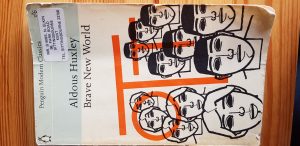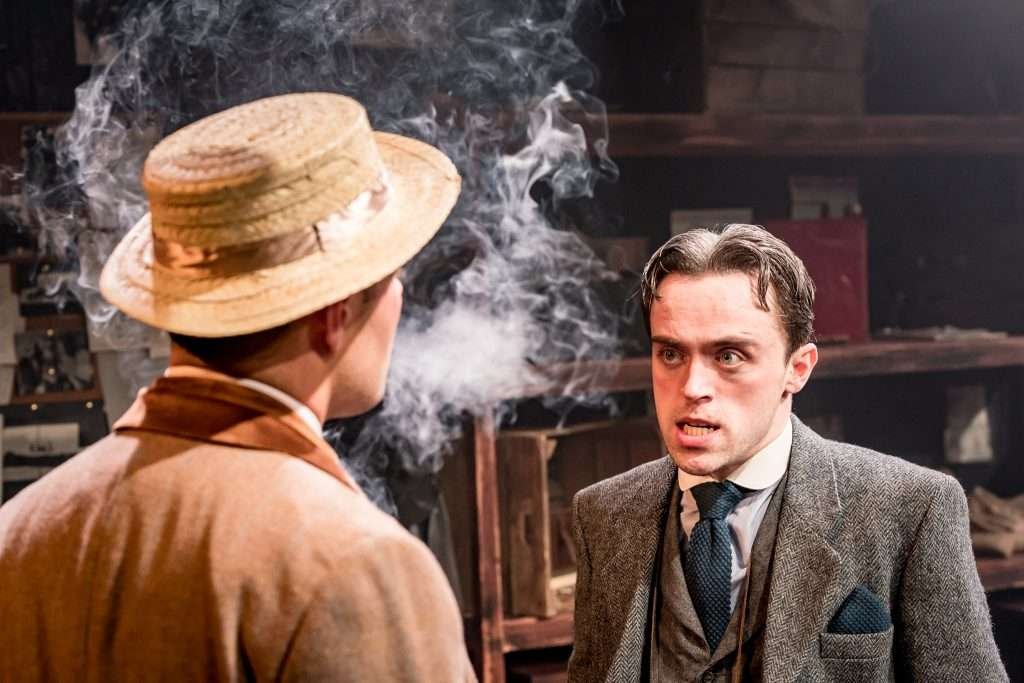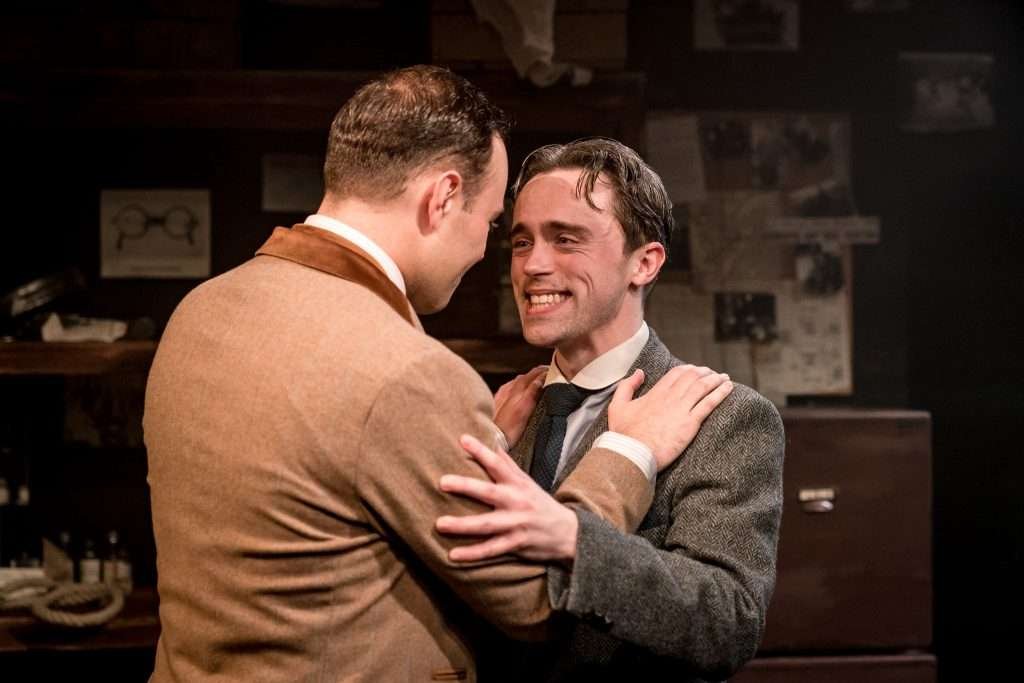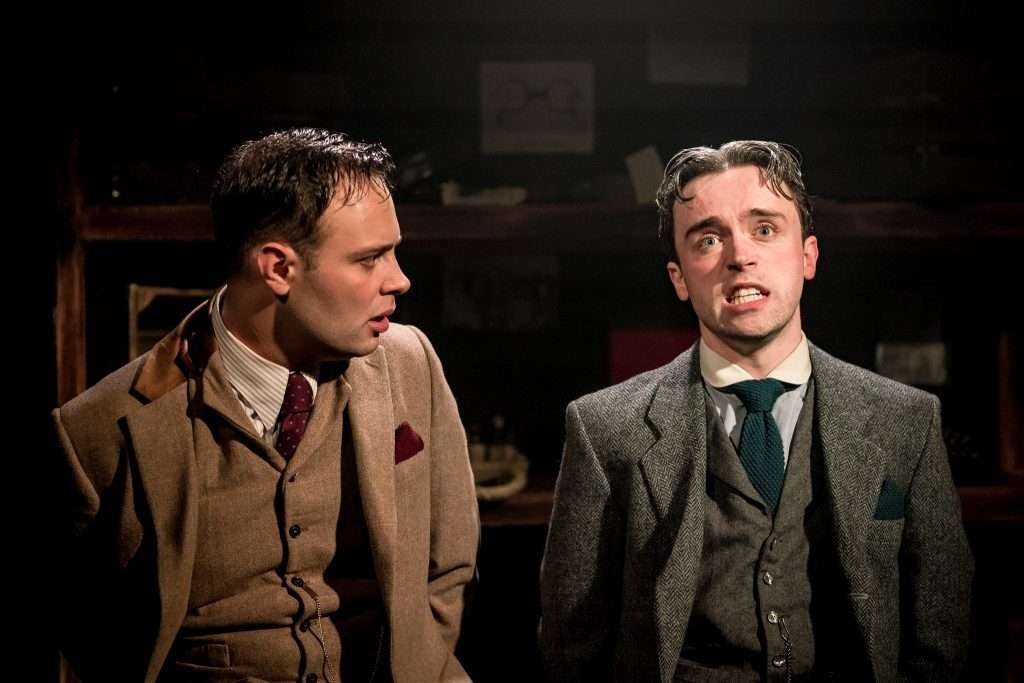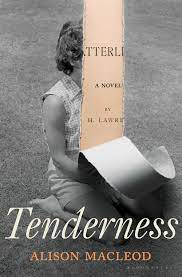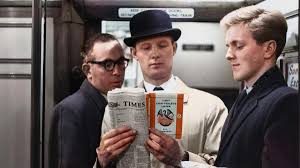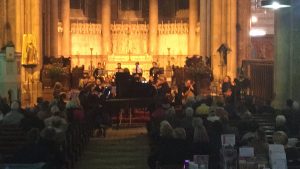Show: The Winston Machine
Society: West End & Fringe
Venue: New Diorama Theatre. 15-16 Triton Street, London NW1 3BF
Credits: Commissioned by New Diorama Theatre. Presented by Kandinsky Theatre
The Winston Machine
2 stars
Devised by three performer-devisers, this piece presumably began life as a series of improvisation and sadly that’s exactly what it feels like for much of its 70-minute duration.
The story – such as it is – ranges episodically across several generations of one family from an RAF pilot and his wife in the 1940s through to the present. The chronology leaps about disjointedly so that one minute we’re in World War II and the next we’re thinking about pandemic restrictions. Apart from some business with an RAF jacket the role changes are done, often instantly, almost entirely through voice work. Nathaniel Christian, Rachel-Leah Hosker and Hamish Macdougall are all pretty good orally but not good enough to make the story telling clear.
It isn’t a musical but in one of her several incarnations Hosker is an aspirant singer so occasionally she breaks into a 1940s song sometimes “accompanied” by Lewis (Nathaniel Christian). His piano miming is woefully weak – although the rest of his acting is convincing. Her singing voice is interesting. It has a slightly gravelly quality, faintly reminiscent of Edith Piaf but an octave or so lower.
Hamish Macdougall meanwhile gives us a father, an adult son, a young boy, a young husband and a brash party organiser – among other things. He’s clearly a skilled actor but we don’t see him at his best in this muddled narrative.
Paper planes are big symbolic thing here. Meant to connote the RAF link ( I think) they actually seem pointlessly silly although it’s a nice moment when Christian as a grandfather is teaching Hosker, as a very young child, how to fly.
In modern times one of Nathaniel Christian’s characters is a musician looking for a break trying to be realistic but optimistic about his future. This is a relatively gripping narrative development but seems to belong in a different play.
I liked the simplicity of the set, though, by Joshua Gadsby and Naomi Kuyck-Cohen. It uses a raised, sloped board as the playing area. Surrounding it are chairs to enable actors to get on and off and to provide a seat when one of them is on the edge of the action. Zac Gvirtzman’s music and Kieran Lucas’s sound design together provide an evocative atmosphere too.
At the heart of the modern scenes is a 1940s-themed party in a country house repeatedly described as “fucking weird”. Actually that’s a pretty good description of the whole play.
Originally published by Sardines: https://www.sardinesmagazine.co.uk/review/the-winston-machine/

